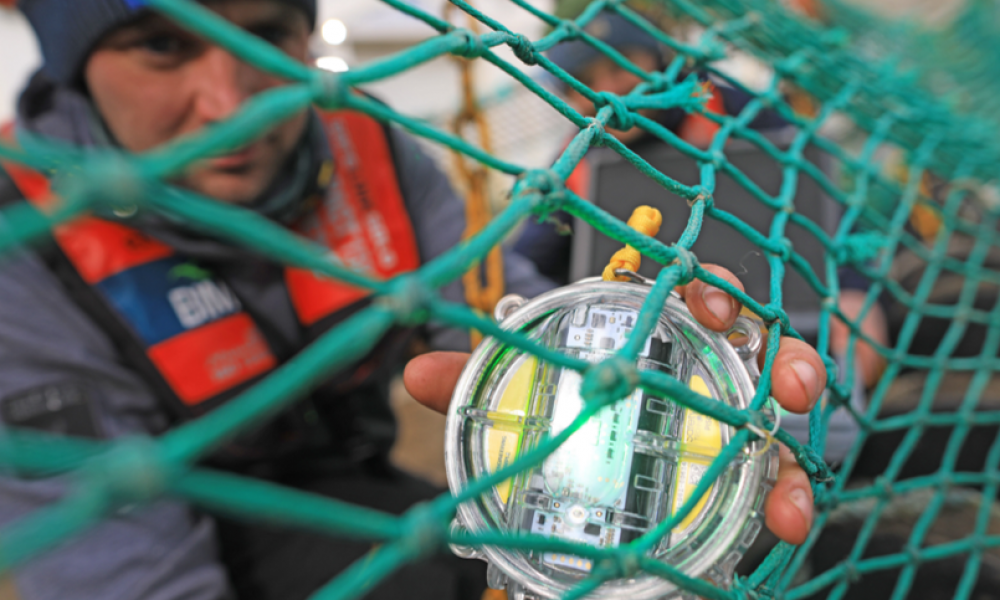
Our Pisces devices use different coloured LEDs, with different flash rates to attract target species and deter bycatch. But how do we know it works?
We run multiple trials on commercial fishing boats in structured experiments with Pisces in a real working fishing environment. From our trials, we aim to collect unambiguous results that give a skipper confidence that Pisces is indeed doing what it should do. Our findings will also guide fishers on the most effective way to use Pisces to catch their target species or deter bycatch.
Developing a robust trial design is not a textbook tick-the-box process. Understanding the gear, marine species behaviour, and how the fishing practice changes their interaction is central to the process. Precision fishing is about problem-solving and engineering a solution.
Let’s examine how we develop a Pisces trial in trawl gear.
We work with trawl gear because it is one type of fishing in which bycatch reduction needs are the greatest. It is also one of the most challenging environments for equipment to work in.
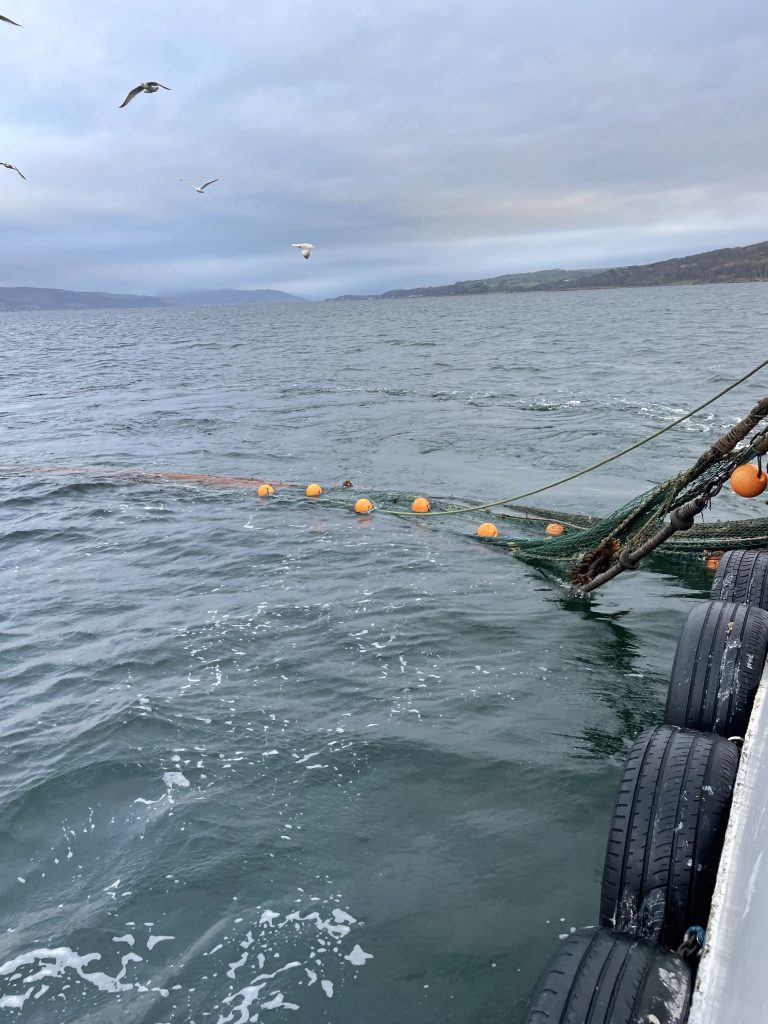
When designing a trial, the first thing we consider is where to put Pisces on the trawl net. Many factors can determine what the configuration of Pisces would look like during a trial. These include the towing speed, height of the headline from the seabed, net construction and where in the water column the net is being towed.
We can try to alter the behaviour at the net entrance by placing Pisces on the headline. Our goal with this configuration is to attract target species into the mouth of the net whilst deterring bycatch species from the mouth.
Alternatively, we can illuminate escape panels or other devices. Pisces may act like an exit sign guiding unwanted catch towards these devices, and hopefully out of the net. A trawl net is towed at ~3 knots or more, so life within a trawl is not a particularly relaxing experience for a fish. Therefore, we want to give non-target fish every opportunity to escape.
Many marine species have well-documented strong behavioural responses to light. Pisces exploits these responses to either attract target species or deter bycatch. In our Pisces trials, we test how different colours, flash rates and brightness of the light can affect the catch composition.
The results of trials will guide the commercial use of Pisces so fishers will know the best set-up of Pisces to use in their fishery.
However, before we try to change fish behaviour using light, we must first understand how different species behave in fishing gear. This is especially important as we’re trying to catch target species and avoid others.
The way a fish will behave in a net significantly differs between species. For example, Cod are renowned for being lazy and swimming with the net until they are exhausted. Whereas haddock will move sideways and up when disturbed.
To get this information, we deploy underwater cameras so we can watch how fish interact with the gear. Importantly, we also draw upon the knowledge of skippers and crew and supplement the scientific research information.
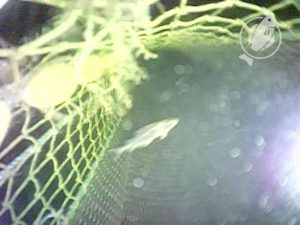
Once we have a good idea of fish behaviour in a trawl net, we need to consider what colour and flash rates of light we should use. There are some factors that we must keep in mind.
First, trawls move quickly. If we are trying to deter a fish from entering the trawl, the fish will not have much time to respond, and it will have to be a rapid reflex. Fish usually like steady light unless it is blindingly bright and will often orientate to it. However, a flashing light may startle a fish to get an immediate response.
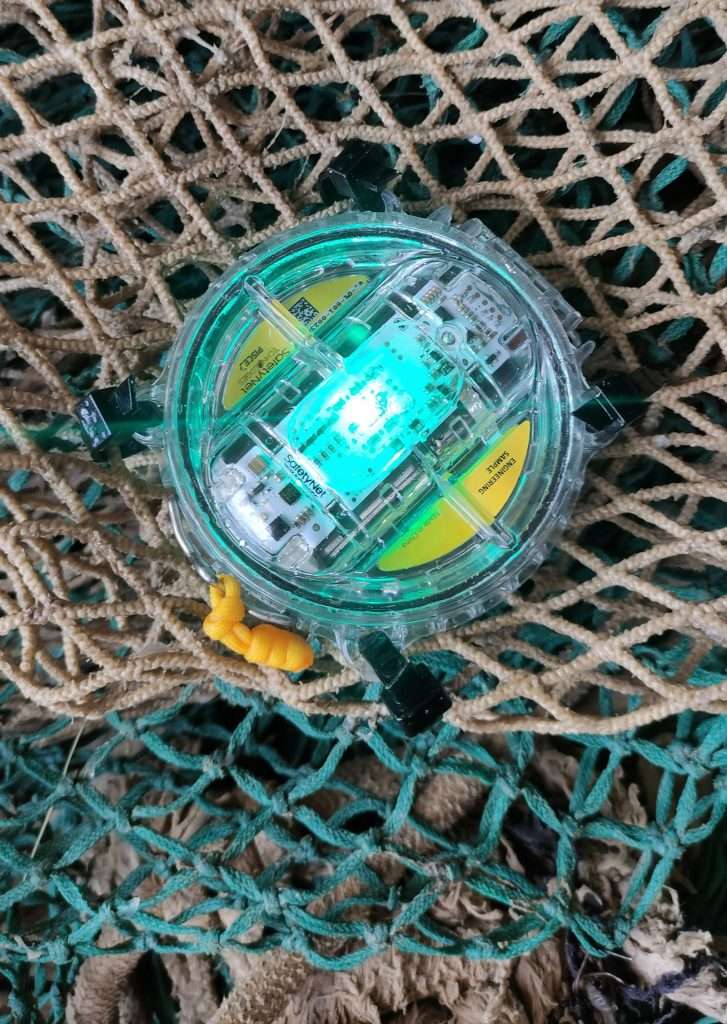
Pisces has a range of flash rates available that we can also test out. However, we need to remember that different species of fish may not see flash rates like we as humans do. For example, fish that live in dark environments probably perceive anything flashing above 32Hz (32 flashes per second) as a continuous light source.
Second, we have to consider how different marine species see colour. Pisces has six separate LEDs that emit deep blue, blue, cyan, green, white, and red light at very precise wavelengths. This is so we can be sure that fish will perceive certain colours correctly.
From conducting rigorous scientific research and our own behavioural experiments, we know that most marine species in a trawl can see specific wavelengths of light, such as green. Therefore, it is a safe bet that we test the effect of these colours on fish behaviour and consequently, catch composition.
After deciding on where to place Pisces on a trawl net and what colour and flash rate to use, we can begin designing our trial. Our goal is to unambiguously test whether the light placement works. An experimental test requires that we compare a treatment to a control (light vs non-light).
When evaluating the difference, we must ensure the only difference between the two samples was the light. If we have any other systematic differences between treatment and control samples other than light, we have confounding.
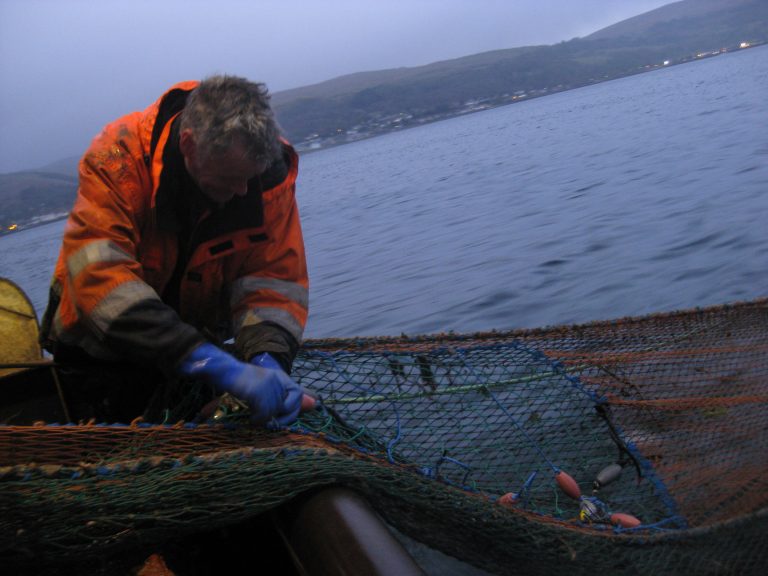
Let’s imagine a trial in which we have a single vessel towing a single net. So how do we test whether there are differences between using Pisces and not?
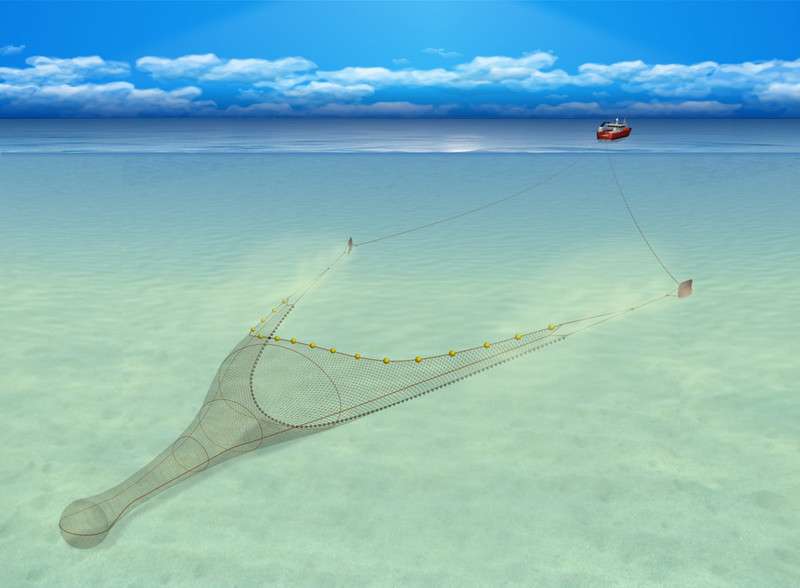
A naive approach might be to deploy Pisces at the start, do three tows with and three tows without Pisces, and see what the difference is. However, if the skipper does three trawls that are five hours long with Pisces emitting light. During this time, they may have travelled 45 nautical miles from where they started. That means the control trawls without light will be conducted in a completely different part of the ocean. As a result, our test of light vs Control is confounded with location.
The most intuitive way to avoid this is to intersperse the treatments in some way. In the simple example above, we could simply alternate lights on and off. Additionally, the starting time for each trawl (with or without lights) will also need to be changed. This is to avoid the time of day confounding the experiment.
If the vessel is a twin-rig outfit, life becomes a whole lot easier from the sample design point of view. Having a paired design with lights on one net and off on the other limits the effects of changing location and time.
However, confounding can still creep in. Different sides of a vessel usually fish differently, but not necessarily consistently. For example, the vessel may be working on a slope, and so the two nets are fishing in subtly different habitats. This difference in habitat could affect the catch composition.
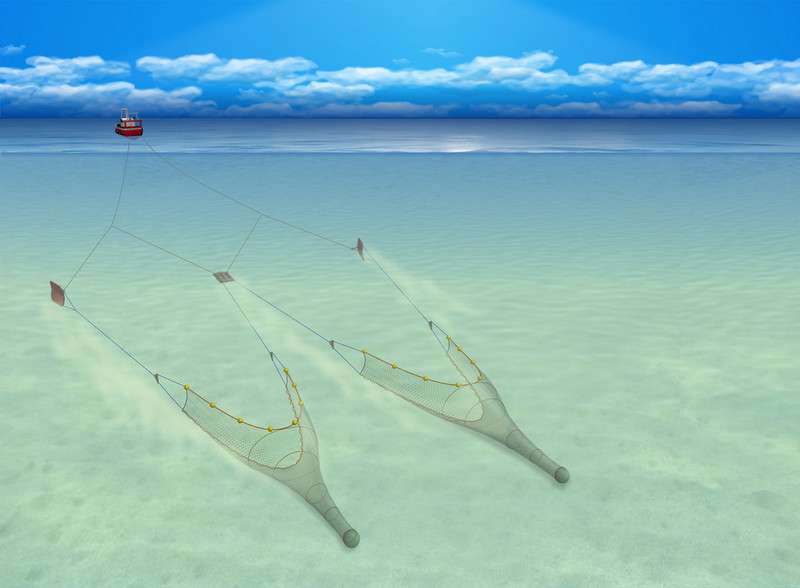
Developing robust trial designs for unambiguous and unbiased results is tricky, especially when these experiments are occurring on working commercial fishing boats. You will never be able to get a fully controlled environment.
Therefore, we work closely with skippers, use video to collect evidence and limit the effect of confounding factors in trials. At SafetyNet Technologies, it is paramount to us that skippers and researchers can be confident in our trials and trust our results.
The aim of Pisces is to make fisheries more precise and sustainable. Our aim is to ensure that SafetyNet solutions work. This takes a lot of thought and effort and interaction with the fish and the gear to ensure that we achieve this aim.





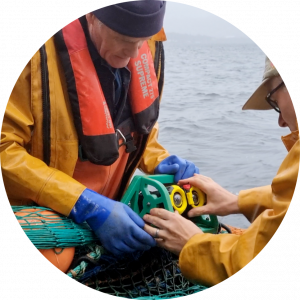
Enter the giveaway below for the chance to try an underwater camera on your fishing vessel for free.